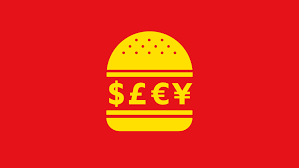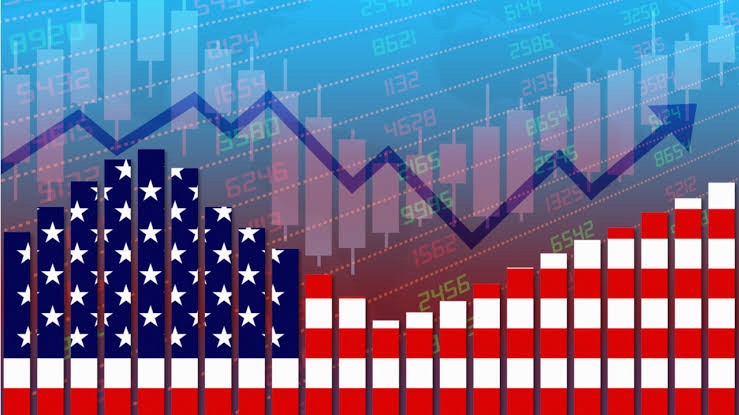Economics is expansive, intricate, and multi-dimensional.. Attempting to comprehend topics such as international currency valuation and purchasing power parity may seem intimidating, however a tool known as the Big Mac Index has emerged as an unexpected aid. While it may initially seem unconventional or maybe even ludicrous, the Big Mac Index developed by the economists compares the price of a McDonald’s Big Mac Burger across different countries using it as a measure of relative currency strength and purchasing power.
So now the question arises- why McDonalds? Due to the multitude of industries, varying countries have their own areas of expertise and preferences regarding the production of goods and services, creating a challenge for accurate assessment. For example, the price of silk would be far higher in the USA compared to China. Or the price of Sugarcane would be much lower in Brazil compared to Russia. One aspect that is almost the same everywhere and holds equal significance is Fast Food.
McDonalds-arguably the most popular Fast Food brand has established its presence in 118 countries and has numerous outlets. By taking the cost of a Big Mac, which is widely available, in one currency and comparing it to the cost of a Big Mac in a different country after conversion to a common currency. The currency with the higher price is considered to be the more powerful one.
This Index is useful for monitoring economic trends and can indicate changes in inflation or recession rates. It can also assist in identifying worldwide risks and opportunities, aiding economists in determining investment locations. It can also be used by policy makers to alter their exchange and trade policies based on if the currency is under or overvalued.
The idea appears to be feasible in theory, but it does have its drawbacks. The Big Mac Index provides a very closed and limited view as it doesn’t take into account a series of factors such as lifestyle, dietary preferences and culture. It also highlights a limited field and neglects sectors like manufacturing, education, healthcare and many more. So it may not be a reliable face of the economy as a whole.
Furthermore, it overlooks the contribution of non-tradable goods and services which will play a significant role in determining currency valuation and purchasing power parity. Lastly, enforcement of food safety rules, hygiene, local competition may also cause changes in price.
In conclusion, while the Big Mac Index has its limitations, it can also give some meaningful observations. It is useful for identifying market imbalances that can be further examined by economists or policy makers with precision. It is a quick and straightforward comparison tool and can also be used with other Indicators. This can help see if the data matches and provide any new information which might have been missed.
Most notably, it can also be used in education and by teachers to creatively teach complicated topics like exchange rates, purchasing power parity, and currency valuation. Regardless of how effective the Big Mac Index is, it is truly a unique approach that continues to spark curiosity and discussion.
– Ronit Nagori, AS A





Leave a comment